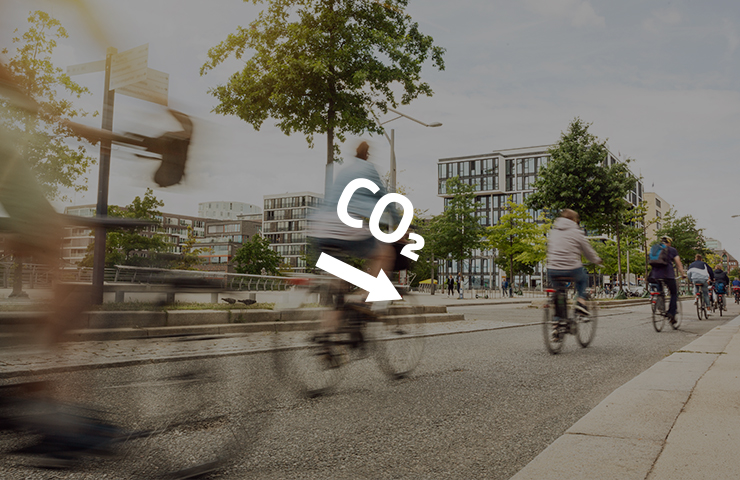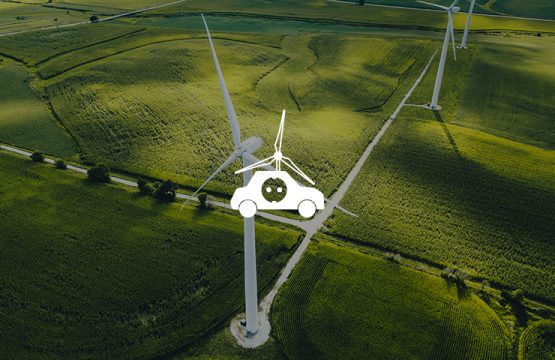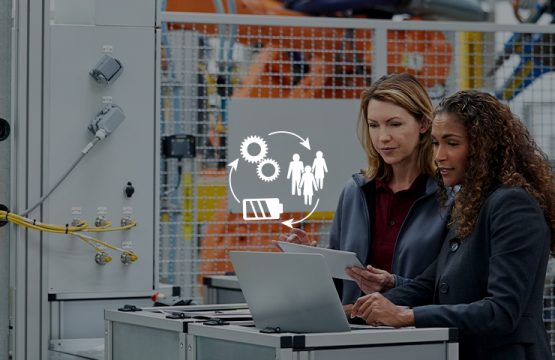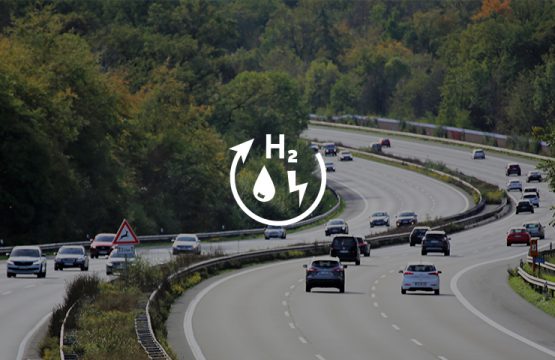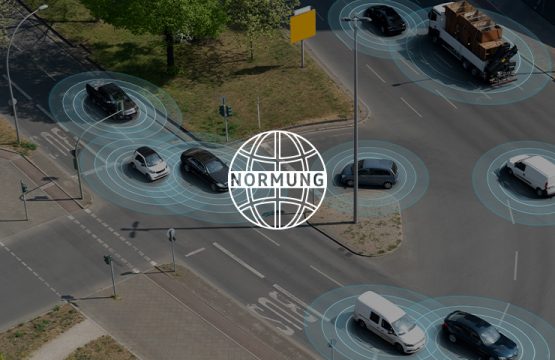Road haulage is responsible for nearly one third of domestic greenhouse gas emissions. In order for the sector to do its part in achieving the climate goals, further action is required. There is a great sense of urgency in the fields of electrifying heavy goods traffic and of unlocking the potential of advanced bio- and electricity-based fuels. Two new reports by NPM Working Group 1 „Transport and climate change” show ways in which the market launch of electrified heavy goods vehicles can be supported and the heated debate around the use of alternative fuels be pushed forwards.
“Targets alone don’t save CO2, they need to be translated into concrete action and instruments to take effect and enable up-scaling,” explains Franz Loogen, Head of WG 1 and CEO of Landesagentur e-mobil BW, during the presentation of both WG 1 reports before NPM’s steering committee. “Instruments always have to be seen in the context of their interaction with the overall transport and economic systems. Both reports illustrate which regulatory and technical instruments exist to get more clean commercial vehicles on the roads and more clean fuels to charge points or fuel pumps. At the same time, different assessments regarding the applications and fuels as well as their climate contribution are demonstrated. It is only when the different opinions of the members of WG 1 are presented in a transparent way that policy makers have a clear picture and can make informed decisions,” continues Loogen. “Quick decisions are needed to achieve the legally binding climate targets 2030.”
One third of mileage of heavy goods vehicles to be powered by electrics
Just over half of all emissions from commercial vehicles are caused by heavy goods vehicles which are used predominantly in long-distance traffic. The Climate Change Programme 2030 stipulates the aim of electrifying one third of their mileage. However, there are hardly any market-ready technologies for heavy goods traffic, and logistics typically has a wide variety of vehicle types and application profiles and is subject to fierce international competition. That is why the report analyses the three possible technological pathways – battery-electric drives (BEV), H2 and fuel cell-technology (H2FC) and overhead line-hybrids (OH) – their marketability and the necessary political instruments.
Calculations on the total cost of ownership (TCO) and economic CO2 abatement costs were made, and other parameters such as cross-border compatibility and availability of charging infrastructure at home and abroad were considered. This led to the conclusion that at this point in time, it is not advisable to focus on just one technology pathway. However, this might make sense in the medium-term in order to accelerate technological feasibility and optimise the required investments. Hence, in 2023, another stock-take regarding the development of the three technologies should be carried out.
Government instruments can have a significant impact on the launch of electric commercial vehicles. This leads to different recommendations for action for the three technology pathways. They include support with acquisition costs, a quick expansion of the refuelling and charging infrastructure for battery-electric and H2FC lorries, overhead lines for OH lorries as well as support with practical tests for OH lorries on frequently used routes. More in-depth research and development regarding the technological maturity and cost reduction in H2FC lorries, clarification regarding standardisation, the use of an emissions-related toll as well as influencing energy costs are all recommended.
Consistent and swift action is of the essence in order to get one or more technology options ready for market in technological, organisational, social and economic terms by the second half 2020. This would be a prerequisite for enabling a swift roll-out at scale and integration into the market of alternative drives in commercial vehicles by the end of the decade. Other decarbonisation approaches of heavy goods traffic, such as optimising lorry equipment and trailers or promoting the shift towards rail transport and combined traffic, are to be taken into account, too.
Climate effects and pathways towards the use of alternative fuels
Alternative fuels encompass electricity-based (Power-to-X, PtX) and advanced biomass-based fuels. The report looks at their various manufacturing processes and focusses on their market readiness as well as necessary sustainability criteria.
The principal views on how much and in which applications alternative fuels can and should contribute to reducing CO2 from transport vary hugely. Two issues are particularly controversial: the availability of renewable energies at a global scale and especially the question of whether electricity-based fuels should be used in road transport at all.
With the design of two timetables on bio- and electricity-based fuels, the technologically feasible steps for the development of industrial production pathways for sustainable biofuels, for fuels based on renewable electricity and for green hydrogen are visualised on a timeline. Required action and dependencies are shown from a technological point of view: further research and development is required with regards to individual technologies (e.g. electrolysers, direct air capture) and the integration of production facilities into an industrial system. Taking into account lengthy planning procedures, it is thought today that production on an industrial scale cannot be expected to be launched until the second half of the decade. The production and use of advanced biofuels cannot be arbitrarily increased due to the limited availability of biogenic source materials and due to competing uses. The prognoses regarding the production costs of electricity-based fuels in 2030 vary significantly and show a much higher cost level than fossil fuels.
Incentives for pilot facilities and for investment decisions in favour of launching alternative fuels could be provided via government instruments such as grants, quotas, tenders, a CO2 price as well as an adaptation of the tax and contribution system. In order to attract the necessary private investment, the instruments need to be reliable and predictable in a timeframe that is in line with the respective investment. Within WG 1, there was a heated debate on a suitable set of instruments: different members favoured different combinations of instruments in line with their individual standpoints.
As a basis, NPM recommends the definition and implementation of ambitious, long-term and binding sustainability criteria for the production of electricity-based and advanced biofuels. Research is to support the up-scaling of technologies including the reduction of their short-term costs, in a targeted way. In addition, a market launch programme for larger facilities of 10 000 tons per year is essential for the uptake of electricity-based liquid fuels (Power-to-Liquid, PtL). Moreover, international co-operation and partnerships are to be supported politically and financially. The global expansion of additional capacities for the production of renewable electricity is a pre-requisite for positive climate effects of PtX fuels.
Both reports are now available to download on the NPM website www.plattform-zukunft-mobilitaet.de (in German).
About NPM – National Platform Future of Mobility
The National Platform Future of Mobility brings together experts in the fields of politics, the private sector, associations, research institutes and NGOs to develop visions for sustainable, environment- and climate-friendly, affordable and competitive mobility in Germany. Presided by Prof. Dr. Henning Kagermann, six working groups develop intermodal guidance to politicians, businesses and society in a technologically-neutral way.
Contact:
Alexandra Huß
Communication advisor
Office of the Chairman of National Platform Future of Mobility
huss@acatech.de
+49 (0)30 / 206 30 96 86
+49 (0)160 / 714 93 25
